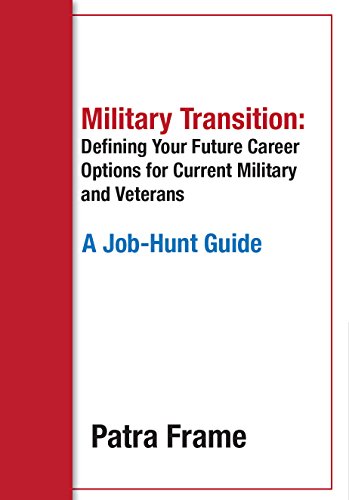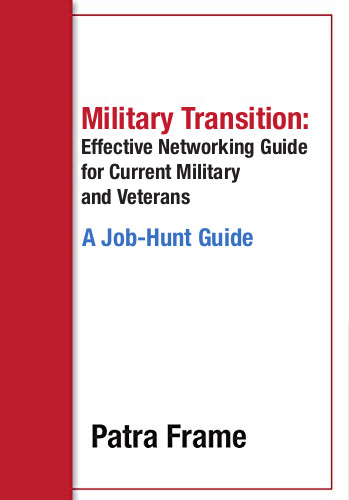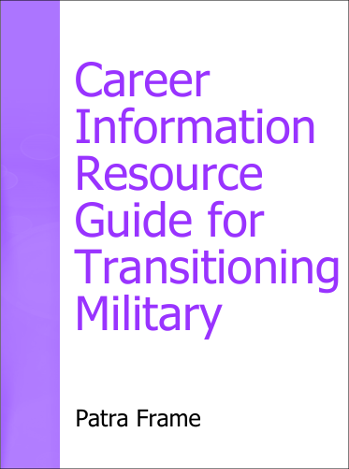Resumes are tough to create. We have difficulty figuring out what information to put on, what to leave off, and which advice to listen to.
Additionally, employers have cursed themselves with processes which lead to far too many resumes to consider. Plus various websites scrape job postings from everywhere into one large listing and do not take older job postings down quickly. Recruiters use applicant tracking systems to manage the often overwhelming numbers of resumes received so yours also needs to have the right keywords and get there early.
Yet most applicants do not meet the requirements of the job. Some are ‘spraying and praying’. Many did not read the job posting. Others are hoping they offer something an employer will like to make up for the lack of required elements. None of this works. Networking works. Researching and targeting companies works. And a great resume supports those actions.
REMEMBER: A resume is an advertisement for you.
Your first step in job search is to actually figure out specific roles which you want. Second is to identify target employers which have such jobs and whose values and culture meet your needs. Then you can write a useful resume created to attract your target employers!.
Resume Basics Often Done Poorly
1. Contact Information
You need your name, one personal email address, one phone number, and your LinkedIn or personal website URL. Do not waste space on fancy fonts, large font sizes, or logos of your certifications.
2. Summary
A summary is just that. It highlights the most important work the value you offer for the specific job. Far too many are all buzzwords and do nothing to grab an employer’s attention. Give it a little personality to show who you are as well as what you offer.
Most recruiters and hiring managers will see this in a small preview pane – yours must make them want to read the rest of your resume. Otherwise it’s useless.
3. Skills Lists
Skills lists have exploded in use. Few are useful. If you are not in a technical field that requires them, omit these. Hiring managers say they are usually useless.
If you have specific skills or certifications which are critical to the work – especially true in technical jobs – those may be useful to list if they are current and relevant.
In the case of soft skills – show these in your achievements instead. No one will believe your skills list bullet about great leadership or teamwork. But if it’s clearly shown in your achievements, they will.
4. Selected Achievements
This or a similar title introduces your actual experience and achievements. Here you want to show your current or most recent job first and then cover jobs which go back 10-12 years max.
Start each job section with the job title, the company, and dates worked (month and year is usually fine.) There is no reason to describe the company or the job responsibilities. If you work in a little-known company you may include a short description for context, such as ‘Software Development for Green Energy management.”
For each job, show your best achievements. The classic format is still most used: Situation or Environment, Actions taken, Results. Organize your achievements so that those most relevant to the job you want are shown first. Make each bullet a mini-story about what you did. Quantify results where you can.
If you are in a customer-facing function where work may feel very repetitive, show achievements which make you stand out. These might include the number of trouble tickets completed on average each day,or the ratings you received on customer service surveys,or that you were selected to train/mentor new hires.
If you are changing career focus, pull out the aspects of your old jobs that are most useful in the job you are seeking now. An ability to communicate well in writing or speaking is valuable to many jobs. Demonstrated teamwork success is too. Look at your research on the new field to find others and focus the resume on those.
5. Education
There is a standard format for education. Degrees are shown with the highest one first and any others which are related to your work goals shown in reverse order. Once you have any college degree, omit your high school diploma. Once you have a BA/BS, omit your Associates degree(s.) An exception is if the AA/AS is more recent as a part of your move to change careers.
The most common format on a resume is:
BS, Intelligence Studies, James Madison University, 2017
If you are finishing a degree and are within a year or so of completion, you show your progress this way:
BA, Marketing, George Mason University, expected December 2023
Many people begin omitting the year once they are more than a decade past the degree.
If you are a recent graduate or have less than 3- 4 years’ work experience:
- Include any relevant internships, research papers, competitions, or similar evidence of your added effort. Show these under the degree, not separately.
- List ‘cum laude’ or a high GPA there for the same reason.
- Show how much of your education you paid for, in percentage, if you worked through college. Many hiring managers appreciate the added time management and ability to prioritize which that shows.
All this disappears from your resume once you are a few years out of school and have experience and achievements to demonstrate.
6. Training
Recent training which is directly related to the work you see can be a valuable addition to your resume. Here you want to show the actual training program title and the training provider. The most common formula is:
Cooley LLP “HR Legal Issues Update”, 2020
BoardSource “Executive Development 2022 – Strategic Planning”
Training can be shown with Education or separately. Do not include basics which employers simply expect, like MS Office, unless a job posting specifically asks.
Certifications: Relevance and recency are also needed. Show the program and the certification and date. Omit those where you have not finished the program unless you are within a few months of doing so. If you do that, instead of the graduation date you say ‘Expected 12/22.’
Training and certifications which are very recent are especially useful when you are returning to the workplace after a period away or are making a career change. In such cases, get them and show them right after your Summary section.
7. Memberships and Other Professional/Volunteer Activities
If you are currently active in a professional organization, show that on your resume. Volunteer organizations offer a chance to demonstrate skills you need for your next job but do not have from paid work. Examples:
*Conference Program Chair, APA Metro DC chapter, 2016-2018
Organized annual conferences, including obtaining speakers and volunteers, overseeing sponsorships and ticket sales. Increased participation by 12%.
*Fundraiser and Financial Manager, Community Lodgings, 2015-present
Manage budgeting and financial reporting, oversee all fund-raising efforts of the Board, work with tax advisors and legal.
When you are unemployed, these activities are also important. Done in your current career field or the one you are now entering, they indicate you are maintaining professional development or can show new skills you have gained. If you have not been active in local chapters of professional organizations or participated in events or volunteered at a conference – now is the time! As above, you can show these by type of work you did, the organization and the dates.
*Development team – Mobile App for Safety, Second Place, Smart City Hackathon, Washington DC, 2019
*Team Lead, Volunteers – trained and supervised 40 support staff, Run for Life, May 2019
How Many Resumes Do I Need?
Everyone should have a master resume. This covers every job you have had with all your significant achievements plus the details of when, where, for whom. This should be updated regularly – after you change jobs, at a promotion, and annually. That is when you still remember your most important achievements. This resume serves as the basis for figuring out what jobs you might want next, for creating new resumes, and for completing applications.
Next consider a networking resume. This is usually a one-pager with a headline under your name and contact info showing the type work you seek. An example: Business Development Executive It shows highlights from your recent work. A recent award or a quote on your work from a senior executive or customer is often useful. It can be used on social media as well as being sent to your connections when you ask for information or assistance.
Similar to a networking resume is one you will use for job fairs and job boards. This is one-two pages and will be your first audition for a range of employers. Here, the resume can be somewhat more general than one tailored for a specific employer. Still, it must show direct expertise, achievements, and education for the role you seek. A headline, as above, is often useful for these resumes too – if you use one, it should use a common job title or type you seek. An example: Data Analyst /Team Leader
No resume, whether for networking, job boards, or job fairs, should be so general that readers will not immediately know what specific roles you seek.
Fourth, the employer specific resume is used in applying to a specific employer. For this resume, you will replace any career field general language with the keywords the employer uses. You will be sure you have chosen the best of your past achievements as they relate to the specific company and role. You will edit as needed to reflect their role, the company values, and anything important you have learned about the target employer in your research.
In all these most useful resumes, you need a simple Word document with limited formatting for electronic use. This means one-inch margins, double spacing between sections, a common font such as Tahoma or Arial, and 10-12 point size type. Skip indenting the content while the title of each section occupies a separate column. Use the whole width and make your best case.
IN SUM: You are the product and your resume is an ad for the product. Target it carefully to employers of interest. Do not make the common mistakes that annoy recruiters and hiring managers.




